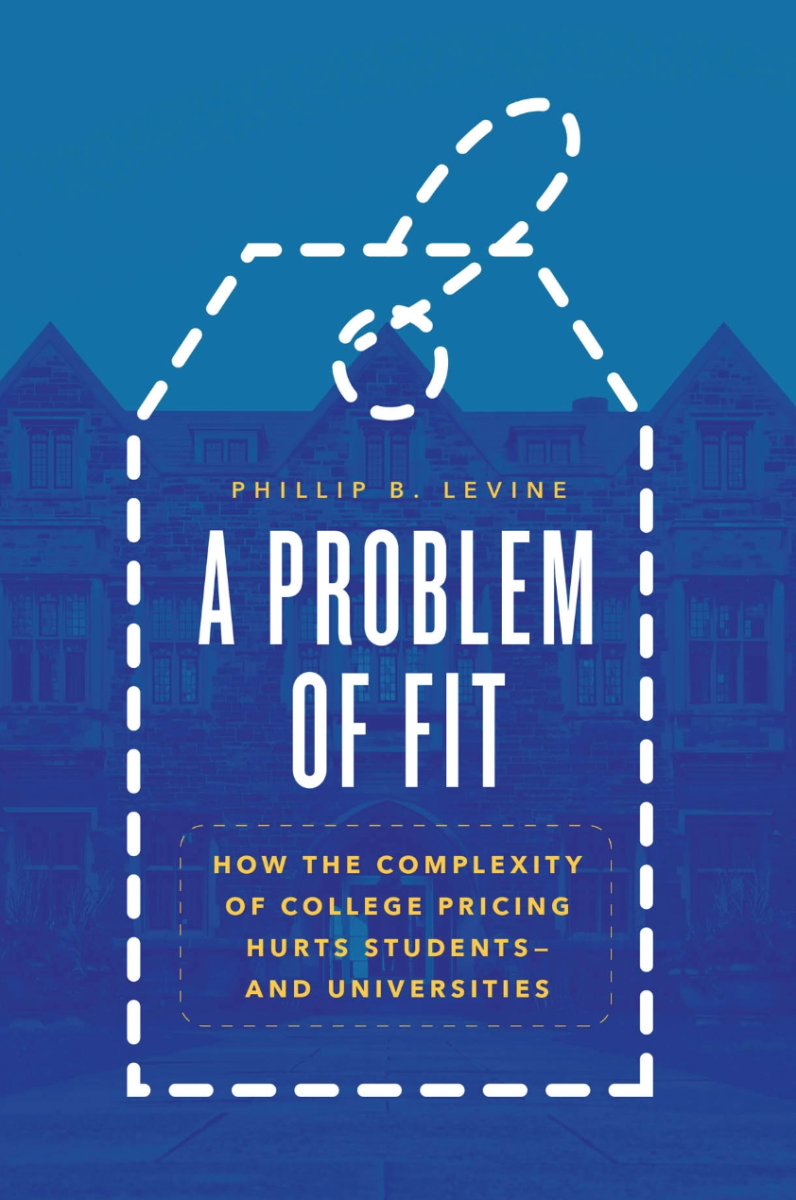In April 2022, Professor Phillip Levine, the Katharine Coman and A. Barton Hepburn Professor of Economics at Wellesley, released his latest book “A Problem of Fit: How the Complexity of College Pricing Hurts Students — and Universities.” Professor Levine gave a talk discussing the book and its main points to students from Wellesley’s Economic Students Association on Nov. 30.
Professor Levine began by discussing the MyinTuition College Cost calculator, which he designed. MyinTuition launched in 2015 at Wellesley, and is now used by 75 other colleges and universities.
“The insights I gained while working on MyinTuition allowed me to learn the complexities and inner workings of the college pricing system. It also allowed me to relate economic knowledge to the situation,” Professor Levine said.
The main issue Professor Levine highlighted was that while college is not right for everyone, those for whom it is should attend institutions that are the best fit for them. However, due to inequities in K-12 school and barriers in the college admissions process, this goal is not being met. This led him to the title of the book: “A Problem of Fit.”
The book focuses on two key issues in the college pricing system. The first is the complexity of pricing and the lack of transparency regarding the actual cost of college. The second is the price level, namely how the price is too expensive for many low-income students and families. According to Professor Levine, colleges typically charge a lot less than the “sticker price”, and students do not know that. Nevertheless, even with the lower price, the cost is still too high for low-income students. He found that institutional constraints lead to these unaffordable prices.
To address the transparency issue, he believes that college costs could be reported in a more accurate way. The “full cost of attendance” label is very misleading, as few students actually pay that cost. He suggests calling this the “maximum cost of attendance.” He added that the “average net price” label is also misleading, as almost nobody is average. For the most realistic estimate, colleges could use targeted net prices, which are generated by calculators like MyinTuition.
Professor Levine used a targeted net price calculator to generate prices for families of various income levels at four types of schools: “high endowment private colleges,” “highly ranked/ R1 public colleges,” “other private colleges” and “other public colleges.” He found that high endowment private colleges are the cheapest or most affordable for low-income students. The most expensive option was non-elite private colleges. His findings contrast the commonly held belief that state schools are the most affordable options for low-income students and families.
Overall, Professor Levine believes that colleges want to offer more financial aid — so why don’t they? He explains the issue using basic economic concepts. State schools have a price ceiling imposed on how much they can charge students. This benefits high income students but reduces affordability for low-income students. Non-elite private colleges cannot compete directly with these public colleges, and they have no state funding and little endowment support, so they end up charging low-income students the most.
Professor Levine’s proposed solution to the price level problem is doubling the Pell Grant. He states that this would ensure that “the right amount of money goes to the right people.” He also adds that information regarding college pricing should be made available earlier, so students do not have to make these decisions in their senior year of high school.
“[These problems] result in everybody being misaligned. The problem is not just that qualified low-income students are not coming to Wellesley. Everybody’s in the ‘wrong’ place. That’s what we need to fix.”






